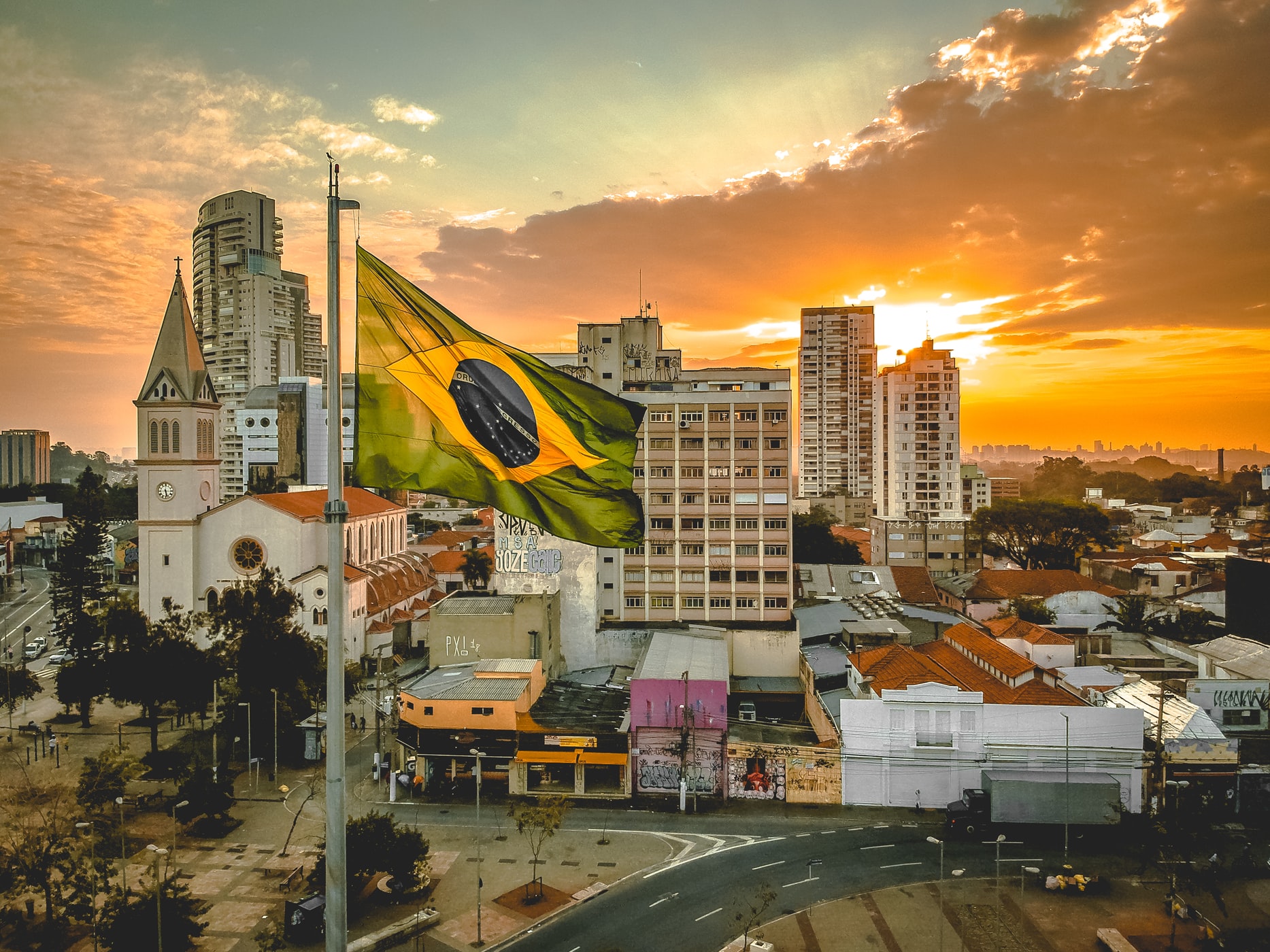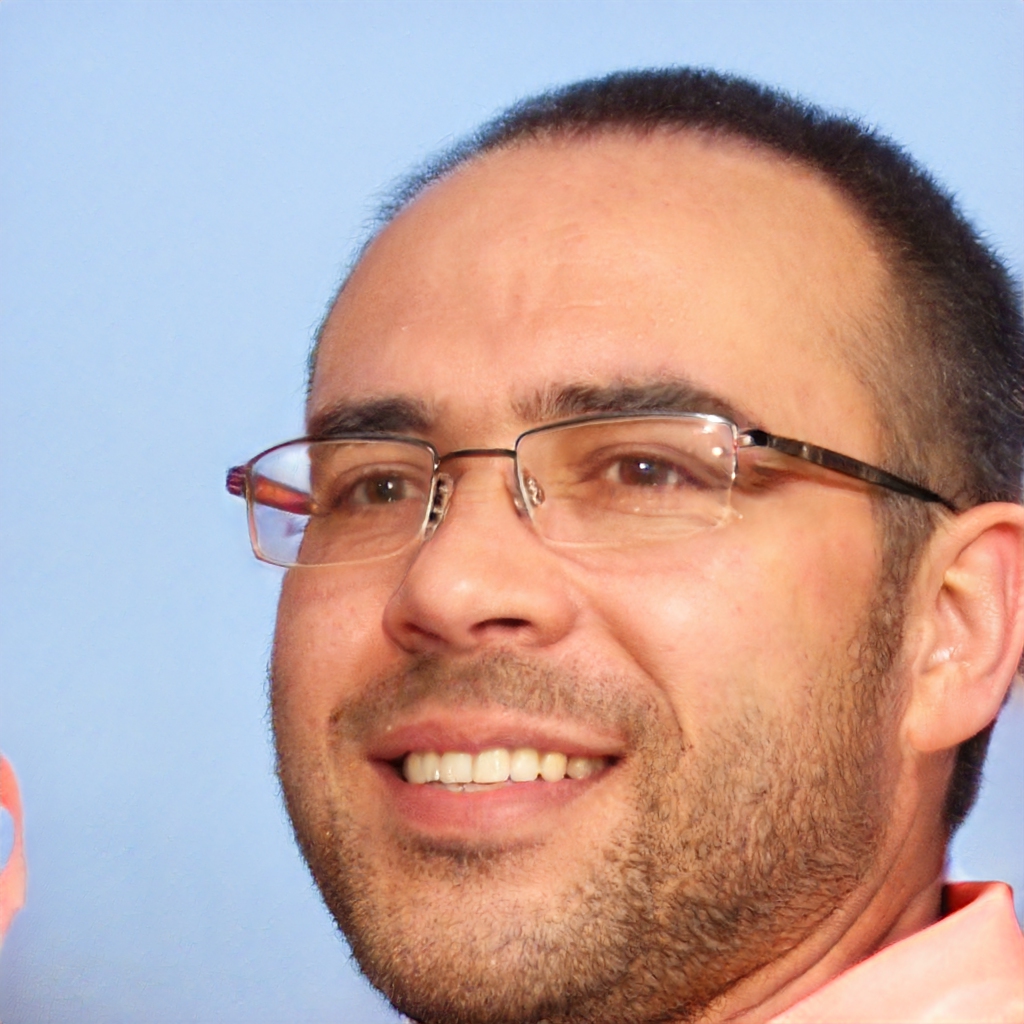Come and Visit Peter Lund Museum
The allure of Lagoa Santa, one of the most important regions for Brazil has become even greater since the opening of the Peter Lund Museum.
Author:James PierceReviewer:Iram MartinsMar 01, 2021151 Shares150.5K Views

The allure of Lagoa Santa, one of the most important regions for Brazil in speleology, archaeology and paleontology, has become even greater since the opening of the Peter Lund Museum, located about 50 kilometres from Belo Horizonte.
Opened in September 2012, the museum celebrates the legacy of Danish scientist Peter Wilhelm Lund, born in Copenhagen in 1801 and deceased in Lagoa Santa in 1880. Lund, who first visited Brazil on a trip starting in 1825, and who, after a short spell in Europe, returned to Brazil for good in 1833, headed explorations in over 800 limestone caves in Brazil and discovered thousands of fossils, including the human bones which became known as the Lagoa Santa Man. Lund is known as the father of Brazilian paleontology.
The government of Minas Gerais invested R$5.3 million in the museum, whose headquarters have nearly 20,000 square feet with exhibition rooms, multipurpose rooms, technical reserve and preservation and restoration units, a cafe, and a store.
The attraction is in Sumidouro State Park, rich in sedimentary rock which, through millions of years, has been sculpted into caves, the most famous of which is Lapinha. The park in the Lagoa Santa Karst Environmental Protection Area has 52 registered caves, 170 archaeological sites and the Sumidouro Lagoon, the best known among the area's lagoons.
What More To Expect
One of the rooms at the museum contains a collection of over 80 pieces belonging to the Natural History Museum of Denmark and brought to Brazil on a three-year loan. They had been sent to Denmark by Lund in 1845.
Danish Crown Prince Frederik and Crown Princess Mary Elizabeth came to Lagoa Santa for the official opening of the museum in September 2012, when Minas Gerais governor Antonio Anastasia highlighted the new attraction's importance in the state's tourism, especially as one of the markers on the Peter Lund Cave Route.
"The objective is to promote regional development through tourism, with the structuring of a national and international route of knowledge based on natural and cultural elements of the karst region encompassing Belo Horizonte, Lagoa Santa, Pedro Leopoldo, Sete Lagoas, and Cordisburgo," said Anastasia in a note published by the official state news agency, Agência Minas.
The Peter Lund Cave Route, proposed by renowned paleontologist Cástor Cartelle, who was also present at the official opening. Cartelle's home institution - the Museum of Natural Sciences of the Pontificial Catholic University of Minas Gerais (PUC-Minas) - is the first marker on the Peter Lund Route, which also includes Lund's burial site, the Annette Laming-Emperaire Archaeology Center, the Rei do Mato Cave in Sete Lagoas, the Maquiné Cave in Cordisburgo and the Guimarães Rosa Museum, also in Cordisburgo.
In the Lapa Vermelha cave, in Pedro Leopoldo, a French-Brazilian mission led by Annette Laming-Emperaire in the mid-1970s found a skeleton that Brazilian anthropologist, archaeologist and biologist Walter Neves called Luzia, inspired by Ethiopia's Lucy. Luzia's bones, about 11,000 years old, are considered the oldest human fossils ever found in the Americas.
Visitors Information:
- Museu Peter Lund
- Estrada Campinho Lapinha, km 6 (near Confins Airport)
- Lapinha, Lagoa Santa, Minas Gerais
- Phone: 55-31-3689-8592/ 31-3661-8671/ 31-3661-8165
- Hours: Tue to Sun 9 a.m. to 4:30 p.m.
- Admission: R$ 10 (R$15 tickets to the Sumidouro State Park include museum admission)

James Pierce
Author

Iram Martins
Reviewer
Latest Articles
Popular Articles